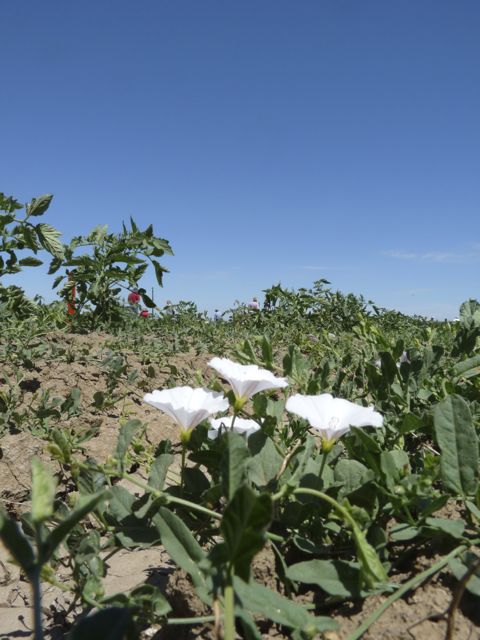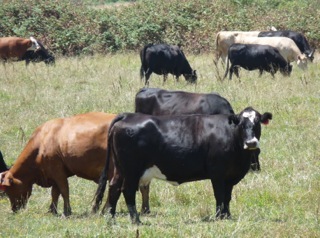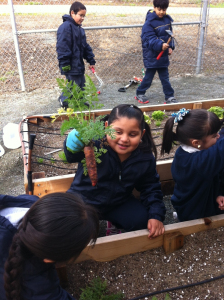USDA Awards Funding for Regional Centers of Excellence in Nutrition Education and Obesity Prevention
Source: Monique Bienvenue; Cal Ag Today Social Media Manager/Reporter
Today, the U.S. Department of Agriculture awarded $4 million in grants to establish four regional centers of excellence for research on nutrition education and obesity prevention, as well as a coordinating center, which will develop and test innovative nutrition education and obesity prevention interventions for underserved, low-income families.
“Nearly one in three children today is overweight or obese, and nutrition promotion strategies, including education, public policies, health systems, and environmental changes, are the key to reversing this trend,” said Sonny Ramaswamy, Ph.D., National Institute of Food and Agriculture director. “These grants provide the opportunity to improve the health of our next generation and ensure that all children have access to the tools they need to improve their nutrition and physical fitness.”
Together, Food and Nutrition Service and the National Institute of Food and Agriculture will support effective education and extension services through two preexisting programs; the Supplemental Nutrition Assistance Program-Education (SNAP-Ed) and the Expanded Food and Nutrition Education Program (EFNEP). This joint effort, known as the SNAP & EFNEP: Regional Nutrition Education and Obesity Prevention Centers of Excellence (RNECE) will establish centers at Colorado State University, Cornell University, Purdue University, and the University of North Carolina at Chapel Hill, and one national coordinating center at the University of Kentucky.
The National Coordination Center will coordinate communications across the four regions and disseminate findings. The national center will also aggregate data to share with policy makers and other stakeholders, and will work with NIFA to organize annual meetings with the regional centers. The interventions developed through the centers will likely benefit additional populations beyond SNAP and EFNEP participants.
The $4 million in funding supports USDA’s strategic goal of developing and extending a research-based approach to obesity prevention, ultimately producing measurable improvements in health, obesity, nutrition and physical activity-related outcomes.
“This joint grant program is one of the most important and powerful tools at our disposal to promote healthier choices and improved physical health among participants in our nutrition assistance programs,” said Food and Nutrition Service Administrator Audrey Rowe. “I am thrilled that we have been able to launch this partnership to drive innovation and increase our impact in preventing and reducing obesity.”
USDA’s Food and Nutrition Service administers 15 nutrition assistance programs. In addition to SNAP, these programs include the National School Lunch and Breakfast programs and the Summer Food Service Program which together comprise America’s nutrition safety net. Improving the diets of participants is a key component of USDA’s nutrition assistance programs. For more information, visit www.fns.usda.gov.




















